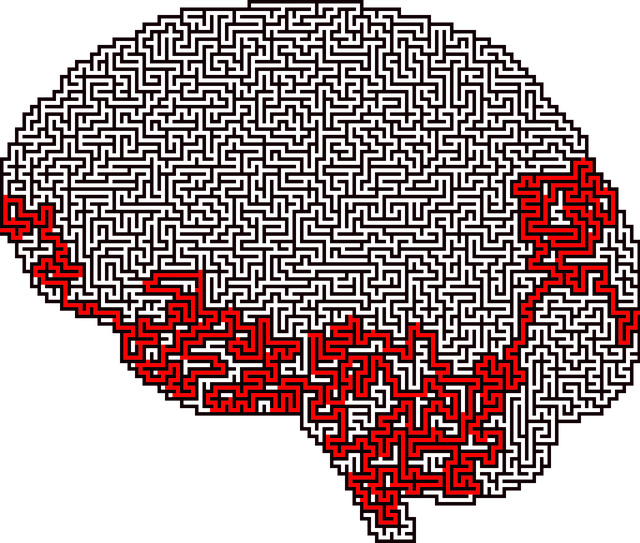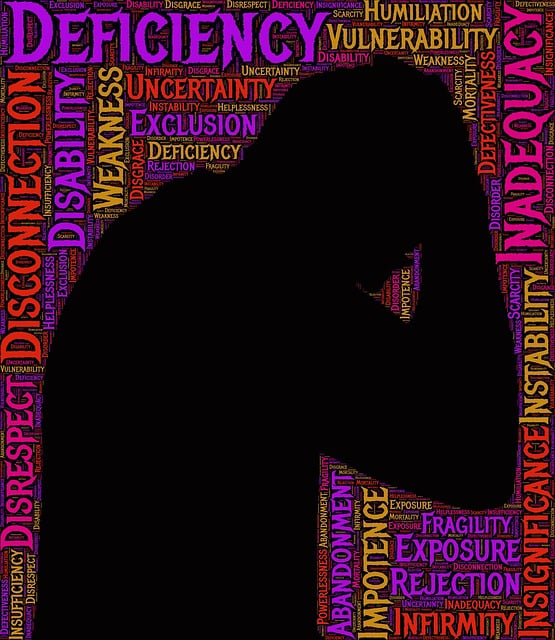Greenwood Village Spiritual-Religious Issues Therapy (GVSRIT) prioritizes risk assessment and harm minimization for clients' well-being, focusing on mental health and spiritual-religious aspects. Therapists conduct thorough evaluations to identify risks, design tailored interventions like social skills training, and implement individualized strategies for boundary setting, coping, and self-care. This holistic approach integrates religious rituals into wellness routines, addressing unique needs of residents with diverse faith backgrounds. GVSRIT combines evidence-based practices, trauma support, and emotional intelligence techniques to foster resilience and cope with challenges, enhancing therapeutic journeys and lifelong mental health management.
In Greenwood Village, risk assessment and harm minimization planning are essential components of therapeutic practice. This comprehensive guide explores these critical processes, focusing on understanding risk assessment as a cornerstone for effective therapy. We delve into spiritual and religious considerations, emphasizing their role in client well-being. By identifying potential risks and developing tailored mitigation strategies, therapists can foster safer, more supportive environments. Through real-world case studies, we highlight successful implementations, offering valuable insights for navigating complex issues in therapy while addressing Greenwood Village’s unique spiritual-religious landscape.
- Understanding Risk Assessment: A Cornerstone of Therapeutic Practice in Greenwood Village
- Spiritual and Religious Considerations in Harm Minimization Planning
- Identifying Potential Risks and Their Impact on Client Well-being
- Developing Effective Strategies for Mitigating Risks in a Therapy Setting
- Case Studies: Success Stories in Risk Assessment and Harm Minimization
Understanding Risk Assessment: A Cornerstone of Therapeutic Practice in Greenwood Village

In Greenwood Village, understanding risk assessment is a cornerstone of therapeutic practice, especially when addressing spiritual-religious issues in therapy. It involves a meticulous process where therapists evaluate potential risks and their likelihood of causing harm to clients. This includes recognizing not only overt dangers but also subtler challenges that might impact a client’s well-being, such as exacerbating existing mental health conditions or hindering progress in therapy. By assessing these risks, therapists can tailor interventions that focus on social skills training and empathy building strategies, empowering clients to navigate their spiritual journeys with enhanced resilience and inner strength development.
The process goes beyond mere identification of hazards; it involves proactive planning for harm minimization. Therapists collaborate with clients to create individualized strategies aimed at mitigating risks. These plans may include setting clear boundaries, establishing coping mechanisms, and providing resources for self-care and support outside of therapy sessions. This holistic approach ensures that clients in Greenwood Village receive comprehensive care, fostering a safe and nurturing environment conducive to personal growth and healing.
Spiritual and Religious Considerations in Harm Minimization Planning

In the context of harm minimization planning, addressing spiritual and religious considerations is a vital yet often overlooked aspect. Many individuals find profound solace and strength in their faith or spiritual practices, which can significantly impact their overall well-being and recovery journey. For instance, a patient seeking therapy in Greenwood Village might benefit from integrating their spiritual beliefs into their self-care routine development for better mental health. This could involve incorporating religious rituals, meditation practices, or community prayers as part of their daily regimen.
Mental wellness coaching programs can play a crucial role in recognizing and respecting these spiritual-religious issues. Therapists and coaches can collaborate with individuals to create personalized plans that honor their faith while offering practical strategies for managing potential challenges. By considering the interconnection between spiritual beliefs, mental wellness, and self-care routine development, comprehensive harm minimization planning becomes achievable, fostering a holistic approach to well-being in Greenwood Village and beyond.
Identifying Potential Risks and Their Impact on Client Well-being

Identifying potential risks is a critical step in any risk assessment process, especially within the context of Greenwood Village Spiritual-Religious Issues Therapy. These risks can vary widely, from personal beliefs and values to systemic barriers and societal pressures. Therapists must be attuned to how these factors might impact their clients’ emotional well-being, particularly when addressing sensitive spiritual-religious issues. For instance, a client’s deep-held religious beliefs may conflict with mainstream therapeutic practices, requiring therapists to adapt or refer to specialists equipped to handle such complexities.
Understanding the potential risks allows therapists to implement harm minimization strategies effectively. This might involve fostering emotional regulation skills through evidence-based practices, which can help clients manage intense emotions that may arise during therapy sessions. Additionally, considering burnout prevention mechanisms is essential, given the emotionally demanding nature of addressing spiritual-religious issues. Therapists should also be aware of broader mental health policy analyses and advocacy efforts to ensure their practice aligns with current research and best practices in the field.
Developing Effective Strategies for Mitigating Risks in a Therapy Setting

In the therapeutic setting of Greenwood Village Spiritual-Religious Issues Therapy, developing effective strategies for mitigating risks is paramount to ensuring a safe and supportive environment. The first step involves thorough risk assessment, where therapists meticulously identify potential hazards within various therapy modalities. This includes evaluating client backgrounds, previous traumatic experiences, and the potential for emotional triggers. Once identified, these risks can be proactively managed through tailored interventions designed to foster resilience and coping mechanisms.
Implementing robust risk minimization plans leverages evidence-based practices such as Trauma Support Services, Stress Reduction Methods, and Emotional Intelligence techniques. These strategies not only help clients navigate their therapeutic journeys with reduced anxiety but also equip them with long-lasting skills to manage future challenges. By prioritizing these measures, Greenwood Village Spiritual-Religious Issues Therapy aims to provide a nurturing space where individuals can heal, grow, and thrive.
Case Studies: Success Stories in Risk Assessment and Harm Minimization

Greenwood Village, a thriving community with a diverse population, has seen remarkable success in implementing comprehensive risk assessment and harm minimization planning through its spiritual-religious issues therapy programs. These initiatives have not only enhanced mental health services but also served as a model for risk management planning for mental health professionals nationwide. By integrating trauma support services, Greenwood Village has demonstrated the power of tailored risk assessment for mental health professionals, focusing on unique community needs.
The village’s approach involves rigorous risk assessments that consider cultural and religious factors, ensuring sensitive and effective interventions. This strategy has led to improved client outcomes, fostering a safer and more supportive environment. Through these risk assessment for mental health professionals practices, Greenwood Village continues to revolutionize care, inspiring other communities to prioritize harm minimization and comprehensive risk management in their mental health services.
Risk assessment and harm minimization planning are vital components of therapeutic practice, ensuring client safety and well-being in Greenwood Village. By understanding spiritual and religious considerations and identifying potential risks, therapists can develop effective strategies to mitigate these risks. This comprehensive approach, illustrated through case studies, underscores the importance of integrating spiritual-religious issues into therapy, fostering a safe and supportive environment for all clients.














